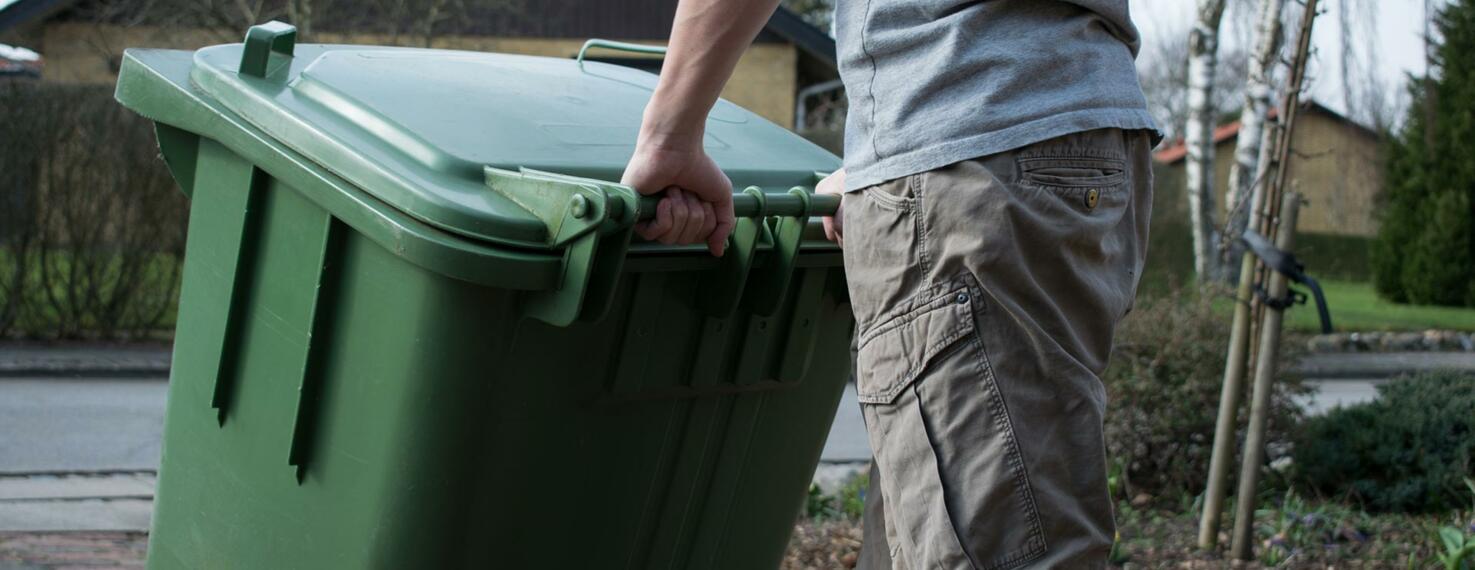
Leksikon: T
The wheel centre
After the wheel bearing with axle material and the tread, the wheel centre is the third component of each wheel. The different models differ in terms of material and profile type. These two factors influence the running properties of the wheel.
A wheel centre can be made of sheet steel, plastic or cast metal, for example. The versions made of sheet steel consist of two wheel discs which are joined together by riveting or flanging. Unlike the models made of plastic, these wheel rims only form a unit in combination with the rubber tyre and the bearing. Plastic wheel centres are subdivided into different versions, and can be made of polyamide, polypropylene or polyethylene, for example.
The cast metal wheel centres are also subdivided: Versions made of aluminium, malleable cast iron or die-cast zinc are possible. They are all very hard-wearing, break-proof and shock resistant, so that they can be used even on difficult floors and surfaces. The cast metal versions are produced with solid rubber tyres or a vulcanised-on rubber tyre.
Wide variety of wheel centre profiles
A wide variety of profiles can be used for the wheel centre. The profile used depends on numerous factors. The most important of these are the size of the wheel, the wheel centre material, the desired tyre cross-section and the tread material. The type of application and the required load capacity of the wheel also play an important role.
The selection also depends on various technical parameters to ensure that the wheel meets all of the requirements. This may mean, for example, that the resilience of the tyres must be taken into account and overstretching must be avoided. This ensures smooth running.
